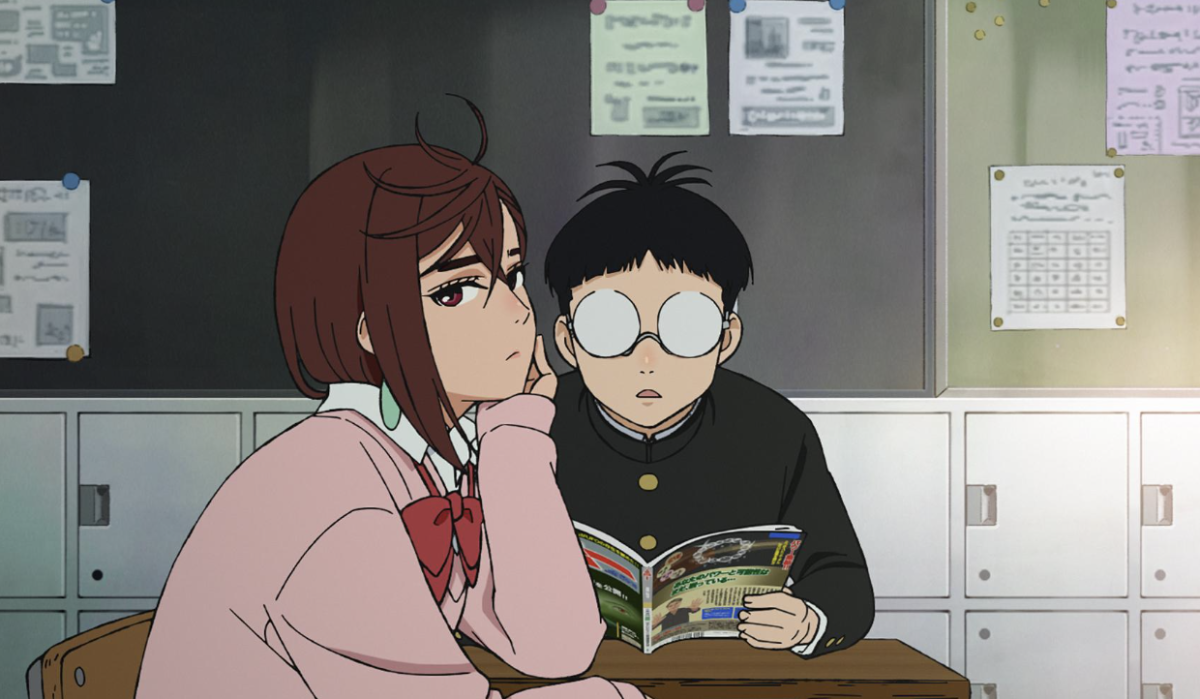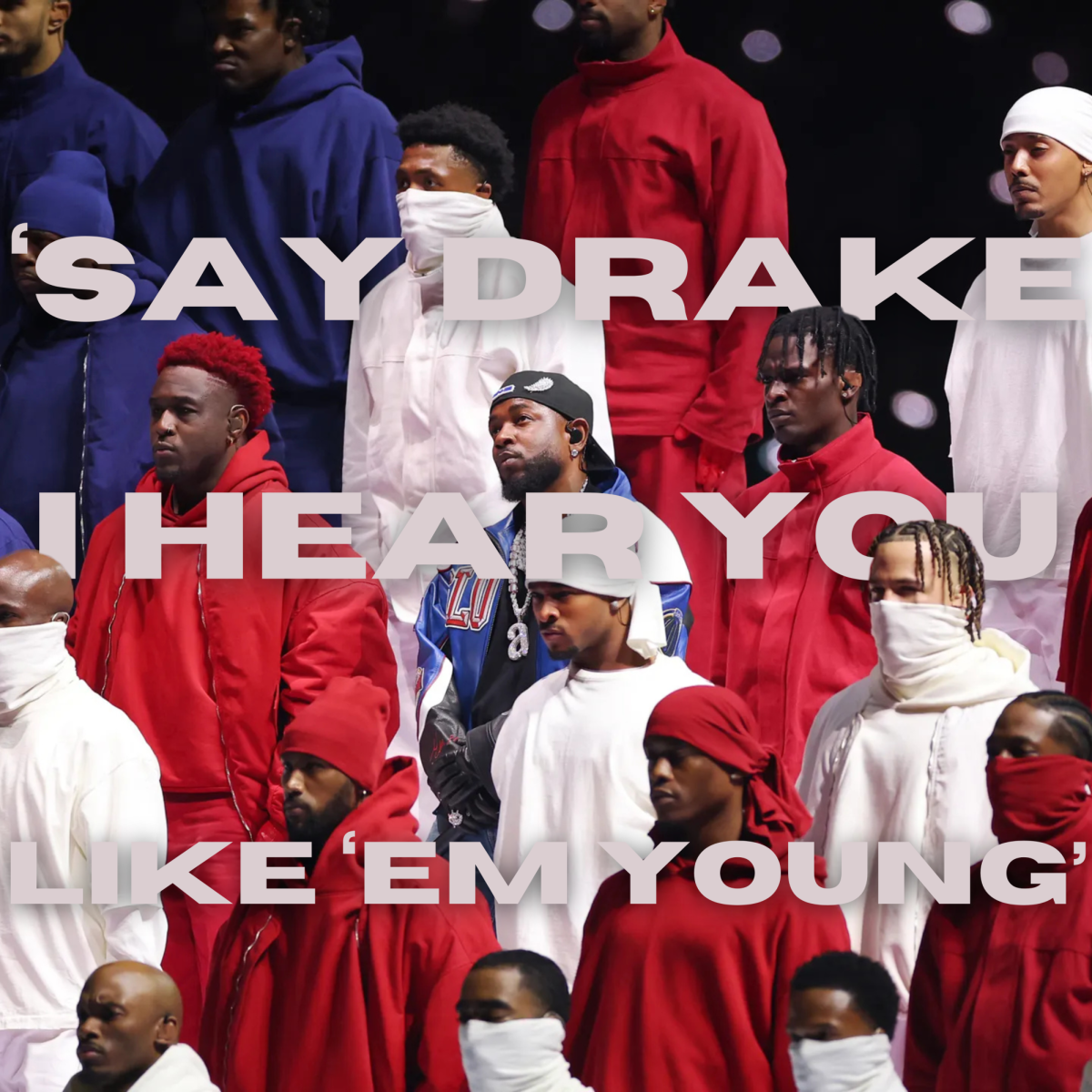“DanDaDan” is a love story set in modern Japan with supernatural science fiction themes.
While the book is aimed at young teens around 14-17, the Netflix adaptation is rated 16+ for crude humor, slight nudity and sexual themes, death, and gore.
It explores coming of age, dealing with finding yourself and dealing with one’s sexuality as a whole. The topic of reproduction has come up more than once since Japan is in a looming population decline and is such an issue that it is a focus of the “DanDaDan” power scaling as the yokai ghost possession of Ken Okurun makes for an interesting topic.
The animated TV series is based on Ken and Momo and their adventures in supernatural events that neither thought existed before a fateful night. Ken is into aliens and is super nerdy on the subject. Momo has seen Yokai because her grandmother is a medium. Their worlds collide on a dare. “DanDaDan” was created by Yukinobu Tatsu, who has ties to Tatsuki Fujimoto, the man behind the popular series “Chainsaw Man.” Tatsu worked as a manga assistant for a few years, learning his trade. He also loves horror movies, which can be seen in the series. In one scene there are parts pulled and changed from movies like “Child’s Play.” Alien references can be seen from older Japanese shows like “Ultraman” as well.
The first arc sets up the background of the two students and a monster of the week format for aliens or yokai that attack the two. The Turbo Granny is the only yokai that ends up staying longer than any of the others and has an important function in Japanese culture. “DanDaDan” does little moments well when it doesn’t focus on action scenes.
There are entire episodes dedicated to giving viewers a glimpse of motivation and reasoning that it would take a longer form anime months to do. These breaks help calm the viewer for the next round of insane plot twists.
The series uses color theory well. The beats change up as the series goes forward but fights change to a black-and-red color palate when Ken is in his yokai form.
This gives a sense of danger in these moments as the show uses shot framing well. Tatsu loves the content he is referencing and returning villains give new flavors to old tropes.
To name a few references, alien probing of humans and the Loch Ness Monster make for an interesting combo for storytelling here. Without going into spoilers, Tatsu uses these basic tropes of horror and sci-fi to make an interesting miniature story within “DanDaDan.”
The aliens want to reproduce so they come to Earth. This is not an uncommon tale. The uses here are different, though. This is an example of “DanDaDan’s” high point for its storytelling as the writer combines two parts that should not be focused on and makes them flow well. Sound design is heavy for this series, as some fights can be based on noise. Nessy can kill the teens if it can hear them breathe, which goes back to old slasher film tension moments from “Halloween” or “Friday the 13 th” in which teens try to avoid Micheal or Jason by not making a sound.
The show is high-impact and drives viewers to want more.
It sadly ends on a climax that is a talked about high note for the show but also deals with social situations going on in Japan at the moment.
Ken and Momo are not the only teens dealing with being able to see these supernatural events. Two others are introduced as new arcs in the series. The interactions these characters bring to the cast can be funny or annoying at times.
The opening is a work of art that does not spoil viewers of the series and is designed in a way to attract attention to the show and hold interest.
The color theory applied throughout the show applies to the opening. Black and red play heavily into the opening. The sound bites of “DanDaDan” playing with a subtle Japanese track “Otonoke” by Creepy Nuts drives home the interest for the show. Red and black have friends in yellow and blue in parts of the opening as various scenes play out in silhouettes. J
apanese supernatural locations and shrines make an appearance with untranslated text to their meaning.
The ending is a bit more mellow-themed as it plays out the life of the cat statue as it tries to go buy a carton of eggs. This is cute and a tone-changer for the audience to relax. The song track “TAIDADA” by Zutomayo fits the theme of the show by being creepy yet cute to watch.
The anime has a second season coming in July. The manga is on MANGA Plus.
Grade: A












